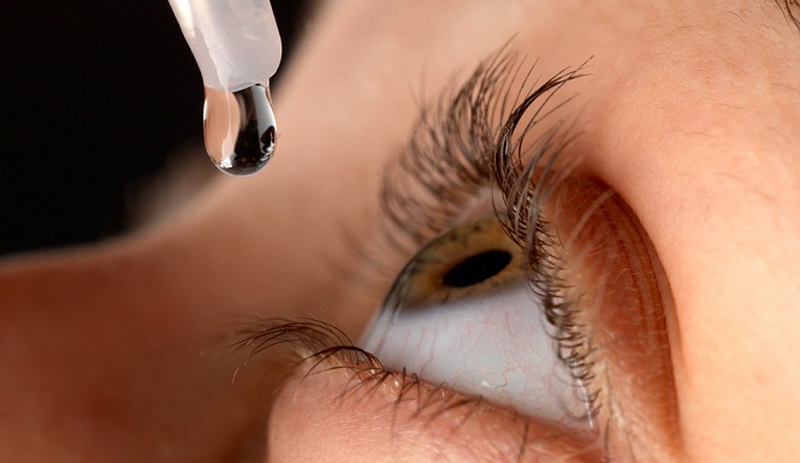There are a number of eye conditions that require medications. While oral medications are an option, eye drops can be more effective at delivering the medicine necessary directly to the eye. Eye drops may be more effective, but parents are concerned if eye drops for kids is a safe option. In this article, you will find the answer to that and learn additional information regarding the safety of administering eye drops to your children.

Is It Safe to Use Eye Drops for Your Kids?
Eye Allergy Drops
There are a number of eye drops available to help treat itchiness, irritation, redness and other eye allergy symptoms. A common eye allergy drop is artificial tears which are safe to use for children of any age. These drops help rinse the eye to provide relief from eye allergy triggers and can be found as preservative free.
Additionally, there are eyes drops that contain decongestants and/or antihistamines. These types of eyes drops can be bought over the counter or prescribed by a doctor and do have age restrictions. Any over the counter drops will state how young a child can be to use the product. Prescription drop should only be administered to the child if it was prescribed to and should only be given as directed by the doctor who prescribed it.
Antibiotic Drops
To treat a bacterial infection of the eye, an antibiotic eye drop will be prescribed. Since these types of eye drop can cause allergic reactions and other side effects in children, it is important to discuss using antibiotic eye drops with your child's doctor. While many of these antibiotic eye drops for kids can be given to children as young as a year old, many are only recommended for children over the age of six. The type of medications used in the eye drop formula will determine what age these types of drops are safe for.
Other Types of Eye Drops
Other eye conditions like pediatric glaucoma, lazy eye or amblyopia will often need prescription drops as a form of treatment. These drops can be prescribed for long or short term use and will vary in the type of medication used in the drops. The variation in medications for these eye drops will determine what age these drops should be administered to. Your doctor will be able to go over the risks, benefits and side effects that can occur when using these drops.
So when it comes to administering any types of eyes to your child, it is important that you first talk to an eye specialist or doctor. While simple symptoms like red, itchy eyes can be a clear indication of allergies, it can also be an indication of a viral or bacterial infection. Even artificial tears that can work well for children of any age should be discussed to ensure you administer the best type for your child.
How to Give Your Kids Eye Drops
Bribery
It may not be every parent's ideal choice, but sometimes a little bribery can go a long way. If you are fighting with your child to get eye drops in, then try to bribe them with a small reward for cooperating. A lollipop, small piece of candy, or trip to the park can work in your favor and save you unnecessary stress.
Watch how I do it
Parents who want to avoid the bribery approach or those who are not finding success with bribery may have better luck by showing how it is done. Grab a bottle of Visine and demonstrate to your child how painless, quick and easy the process is.
Pin and drop single approach
You may have to resort to physically restraining your child slightly to get the drops in. This isn't always the easiest approach to attempt on your own, but is worth a shot. Try to hold their arms and legs still, so they aren't flailing about as you put the drops in.
Pin and drop double approach
Sometimes you have to partner up and ask your significant other to help hold your child still as you put the drops in. One of you should hold your child still gently as the other puts the drops in their eyes. You don't want to exert too much force or make the experience traumatic, but this approach can be one of the only ways to administer the drops properly sometimes.
While they are sleeping
When all else fails, eye drops for kids can be given as they sleep. You might not have much success with this approach since you run a huge risk of waking them up and scaring them in the middle of the night.

View All Comments /Add Comment